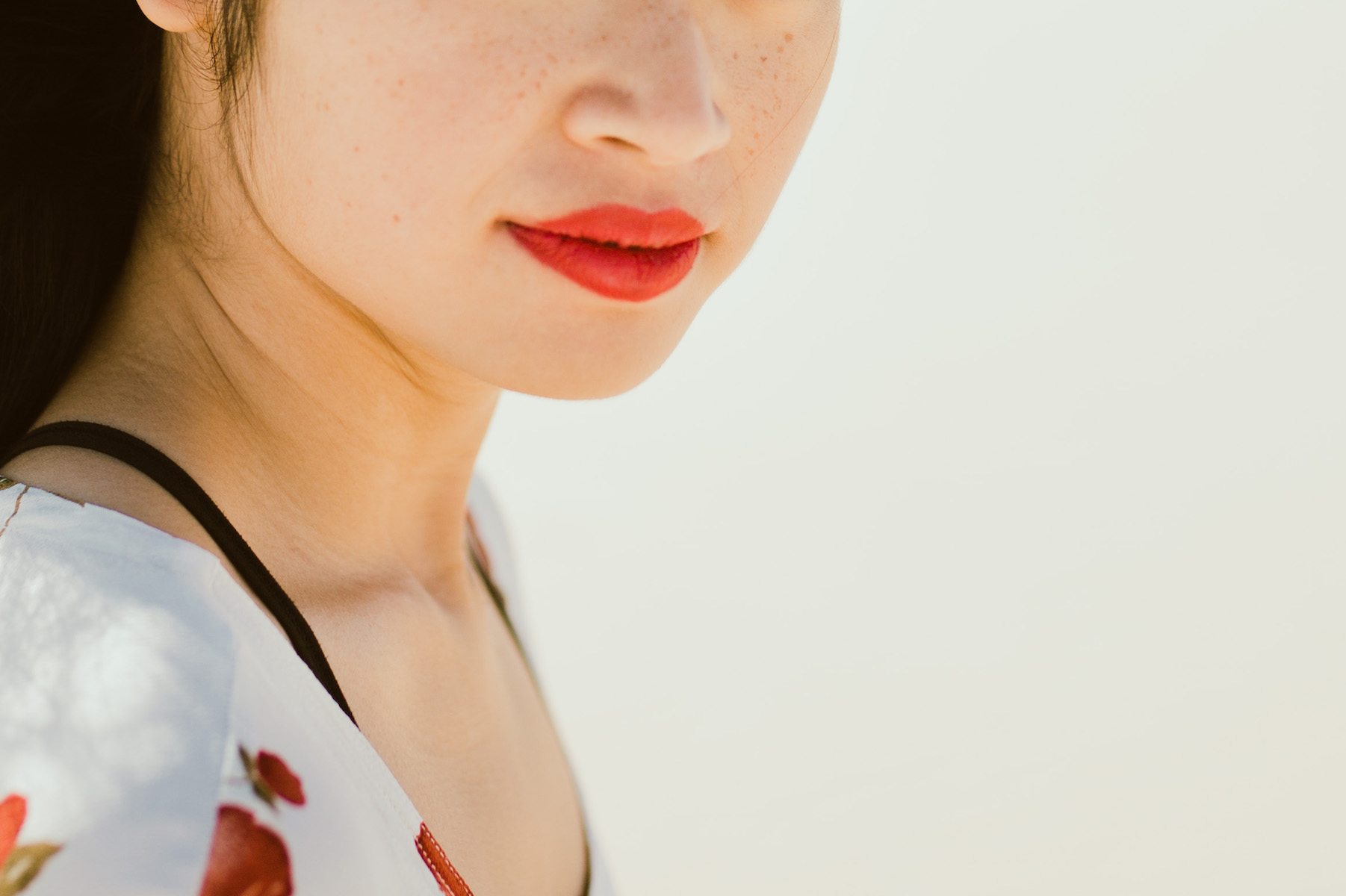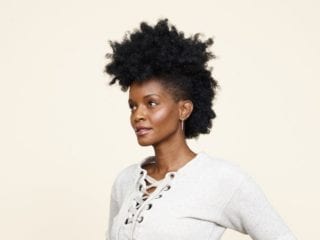“Emollient,” “retinal,” “antioxidant,” “exfoliating” – we hear words like these so often in cosmetics advertising that they might barely even register anymore. And most skincare cosmetics, from aging creams to anti-breakout body washes, contain very similar core ingredients. But your skin isn’t a giant science experiment – it’s the largest organ of your body, and it absorbs almost everything you slather on it. Some chemical reactions are natural and can really benefit your skin’s appearance, but some probably aren’t worth spending money on. Let’s decode some of the language used in the creams, serums, soaps and lotions that we use on our faces to help you navigate through the beauty product purchasing process.
Let’s decode some of the language used in the creams, serums, soaps and lotions that we use on our skin:
Emollients & Humectants
What They Do
What they do: These kinds of ingredients preserve moisture in our skin. Emollients work to fill in the gaps in our skin on a molecular level, making skin feel like one smooth surface. Humectants preserve moisture, once they are in our skin. Emollients and humectants together create a barrier that keeps the water in your skin from evaporating. Most emollients are oil-based. Emollient agents are usually in products that claim to fight skin dryness and flaking.
Commonly Known As
Squalene and petroleum jelly (a.k.a.: Vaseline) are synthetic emollients. Coconut oil and lanolin (a secretion from sheep) are emollients that occur naturally. Sorbitol and sodium lactate are humectants. Propylene glycol and glycerol, as well as copolyol and other kinds of silicone also fall into this category of ingredients. Aloe vera and unrefined shea butter are natural humectants. Hyaluronic acid is a popular skincare ingredient that works as a humectant, sometimes drawing moisture to the epidermis from deeper layers of the skin.
What you should know:
When you’re looking for a quality moisturizer product, try to find one with both an emollient and a humectant ingredient. You can make your own all-natural moisturizer using coconut oil mixed with shea butter or aloe vera.

Retinoids & Antioxidants
What They Do
These anti-aging ingredients relax and condition our skin. Most premium wrinkle-erasing products contain retinoids. But “retinol” is simply an activated form of vitamin A. The ingredients we recognize as retinol work as antioxidants, along with vitamin C and vitamin E.
Since we breathe in oxygen to sustain our life processes, the term “anti-oxidant” is kind of confusing — it definitely doesn’t sound desirable! But antioxidants are ingredients that neutralize damaging oxygen molecules that make our skin look older. There are plenty of naturally occurring antioxidants in the food we eat as well as the best skin products on the market.
Commonly Known As
Grape seed extract, retinol, green tea extract, tocopherol, niacinamide, ubiquinone, lycopene or resveratol.
What you should know: Many antioxidants are naturally-occurring and safe to use. But using retinol-containing products too often can make skin more sensitive, especially to damage from the sun. Anytime we are using anti-aging products regularly, we should be especially mindful of applying sunscreen.

Alpha Hydroxy & Beta Hydroxy Acids
What They Do
These chemical compounds are acids used in anti-aging, wrinkle-fighting and scar-minimizing products. They penetrate the skin, promoting cell growth while disrupting cells that make skin look less than perfect. Alpha-hydroxy and beta-hydroxy acids are “exfoliants,” meaning that they remove dead and damaged skin cells while uncovering the new skin cells underneath. These acid ingredients also claim to make your skin more firm and even-toned.
Commonly Known As
Glycolic acid, lactic acid, malic acid, salicylic acid, beta hydroxybutanoic acid or tropic acid.
What you should know: Hydroxy acids are derived from everything from sour milk (lactic acid) to apples (malic acid), so they aren’t made of things that would hurt our bodies. Using too much of these ingredients can make your skin more susceptible to damage and highly sensitive. Typically, users are advised to stick to product formulas that contain less than 10% of these acid ingredients. But not all products state how much hydroxy acids are contained in their product formulas.
When using any anti-aging, stretch-mark removing, or skin improving formula, do yourself a big favor and READ THE LABEL. As a general rule, look out for the ingredients laurel sulfate, polyethylene glycol and parabens, which are all frequently used in soaps. These chemicals are known to disrupt our endocrine and nervous systems and some might even harm long-term fertility when we are over-exposed to them.
CRASH COURSE: Remember that most ingredients with an “ol” suffix are alcohols (a few exceptional “ol”’s are oils). The suffix “ene” indicates a bonded carbon compound. Keeping these two word-forming rules in mind are an easy shortcut to understanding what’s in your products.
Learning to read product labels is a lot like learning another language! But by making it a practice of habit, we can learn to make sense of what’s synthetic, what’s natural, what might be harmful and what our skin might benefit from. It’s certainly worth the effort to learn more about what we’re putting on our skin, and actually knowing what’s on our faces can be empowering. We can also make better judgment calls on whether particular products are living up to their claims once we understand what they’re really claiming to do.
What beauty hacks do you swear by?
Images via Dani Toscano












2 comments
I don’t ordinarily comment but I gotta tell regards for the post on this one :
D.
This is an amazing article!! So helpful for those of us who pay attention to what we’re putting in and on our bodies!